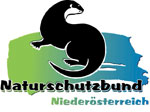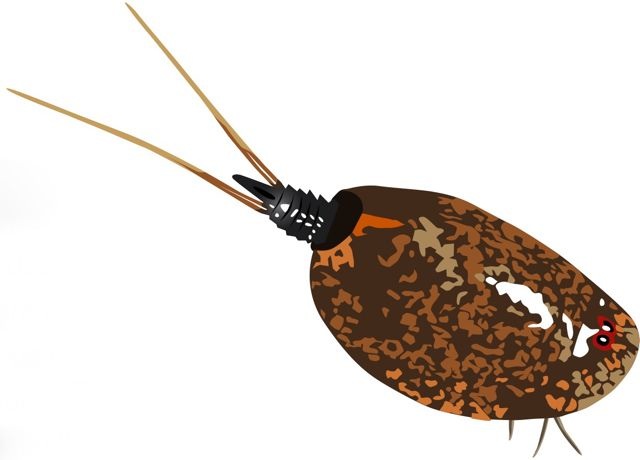Willkommen, Besucher Nummer seit 1.Jan.2009! © Copyright 1996-2014 by erich.eder@univie.ac.at. Logo (Lepidurus apus) © 2009 by Luise Hofer. Alle Rechte vorbehalten. Gerichtsstand ist Wien. |
Selbst aktiv werden!
Was kann ich für den Schutz der Urzeitkrebse tun ?
Jeder kann helfen !
Beispiel 1:
Der Naturschutzbund NÖ
ist durch Ankauf und Betreuung des ersten Urzeitkrebs-Schutzgebietes
der Welt (Bild) und anderer naturschutzfachlich wertvoller Grundstücke
eine der wichtigsten Institutionen, die sich für den Erhalt dieser
seltenen Tiere einsetzen:
- Treten Sie dem Naturschutzbund Niederösterreich bei ! Ab 10 Euro jährlich (Schüler, Studenten, Pensionisten). Auch Schulen oder Vereine können beitreten!
- Spenden Sie dem Naturschutzbund: Direkter Link via Paypal (Zahlung mit Kreditkarte möglich)
- Setzen Sie sich in ihrer eigenen Wohnumgebung für den Erhalt von Feuchtgebieten und gelegentlich überschwemmten Wiesen ein. Gerade unscheinbare "Pfützen" können Lebensräume für seltene und schützenswerte Organismen sein!
- Melden Sie Vorkommen von Urzeitkrebsen (mit Belegfoto und genauer Fundortangabe) HIER (Arbeitsgemeinschaft Urzeitkrebse).
Welcome, visitor number since Jan.1,2009! © Copyright 1996-2014 by erich.eder@univie.ac.at. Logo (Lepidurus apus) © 2009 by Luise Hofer. All rights reserved, legal venue is Vienna. |
Become active!
How can I help to protect the large branchiopods ?
Everybody can !
Example 1:
The "Naturschutzbund NÖ"
is one of the most important institutions for the protection of large
branchiopods. It buys and cares for important sites, such as the
world's first area exclusively protected due to the occurrence of large
branchiopods (picture):
- Become a member of Naturschutzbund Niederösterreich ! You can use the order system of teachingmaterials.at to pay via paypal and credit card, I will forward your payment and membership !
- Donate to the Naturschutzbund: Direct Link via Paypal (credit card payment)
- In your own surroundings: engage for the protection of flood plains, and even for unspectacular, irregularly flooded meadows. Even small puddles can be the habitat of rare and extraordinary organisms!
- Report occurrences of large
branchiopods (with proof photograph and detailed locality) to
scientists and conservational authorities. For Austria: CLICK HERE.
Bienvenido visitante numero desde Enero 1 de 2009 © Copyright 1996-2014 by erich.eder@univie.ac.at. Logo (Lepidurus apus) © 2009 by Luise Hofer. All rights reserved, legal venue is Vienna. |
iAyuda tu mismo!
How can I help to protect the large branchiopods ?
Everybody can !
Example 1:
The "Naturschutzbund NÖ"
is one of the most important institutions for the protection of large
branchiopods. It buys and cares for important sites, such as the
world's first area exclusively protected due to the occurrence of large
branchiopods (picture):
- Become a member of Naturschutzbund Niederösterreich ! You can use the order system of teachingmaterials.at to pay via paypal and credit card, I will forward your payment and membership !
- Donate to the Naturschutzbund: Direct Link via Paypal (credit card payment)
- In your own surroundings: engage for the protection of flood plains, and even for unspectacular, irregularly flooded meadows. Even small puddles can be the habitat of rare and extraordinary organisms!
- Report occurrences of large branchiopods (with proof photograph and detailed locality) to scientists and conservational authorities. For Austria: CLICK HERE.

